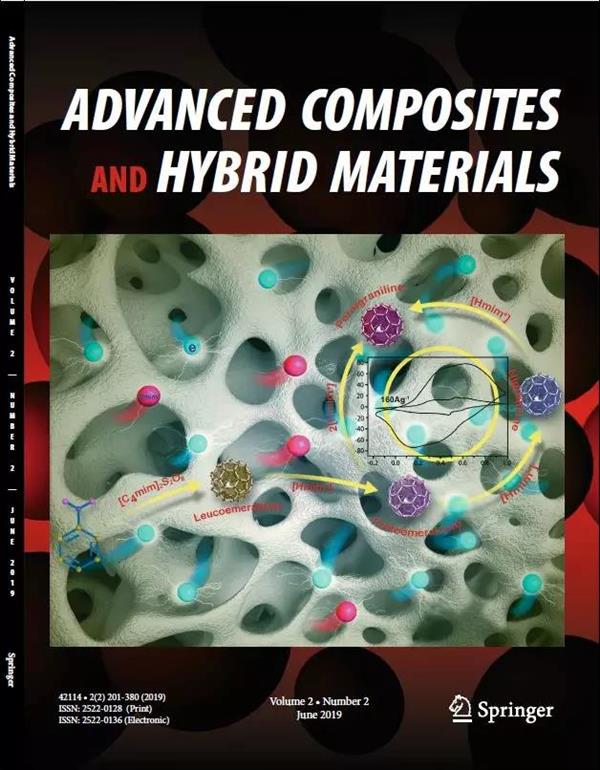Multiple synergistic effects of structural coupling and dielectric-magnetic loss in promoting microwave absorption of bark-derived absorbers
Abstract
The explode development of global automation and digitization brings increasing electromagnetic radiation, threatening information security and health. Biomass wave-absorbing materials stand out among massive absorbers due to their green and environmentally friendly features, yet remains severe challenge in equilibration between impedance matching and efficient loss ability. Herein, this work innovatively used waste bark which amounts up to 400 million cubic meters generated from forest as carbon precursor. The FeCo@C nanocomposites derived from FeCo-MOF precursor are introduced on the surface of bark-derived carbon pore using vacuum impregnation and carbonization methods, and tree bark-derived porous carbon (TPC)/FeCo@C composites are successfully fabricated. The unique hierarchical structure composed of three-dimensional (3D) parallel pore structure of bark-derived carbon and yolk-shell structure of FeCo@C favors to optimizing impedance matching and prolonging attenuation paths of microwaves. Additionally, the introduction of FeCo@C can promote interface polarization loss, as well as enhance synergistic effects of dielectric-magnetic losses. Multiple synergistic effects of structural coupling and dielectric-magnetic loss endow TPC/FeCo@C composite attractive absorbing ability. The optimized TPC/FeCo@C-5 exhibits a minimum reflection loss (RLmin) of − 61.04 dB and the effective bandwidth (EAB) of 7.25 GHz at a matching thickness of 2.64 mm, which is superior to most biomass-based absorbers. Apparently, this work presents a valuable concept for the secondary utilization of discarded bark in the domain of microwave absorption, which is significant for achieving energy saving and environmental protection and addressing electromagnetic pollution.

 求助内容:
求助内容: 应助结果提醒方式:
应助结果提醒方式:


